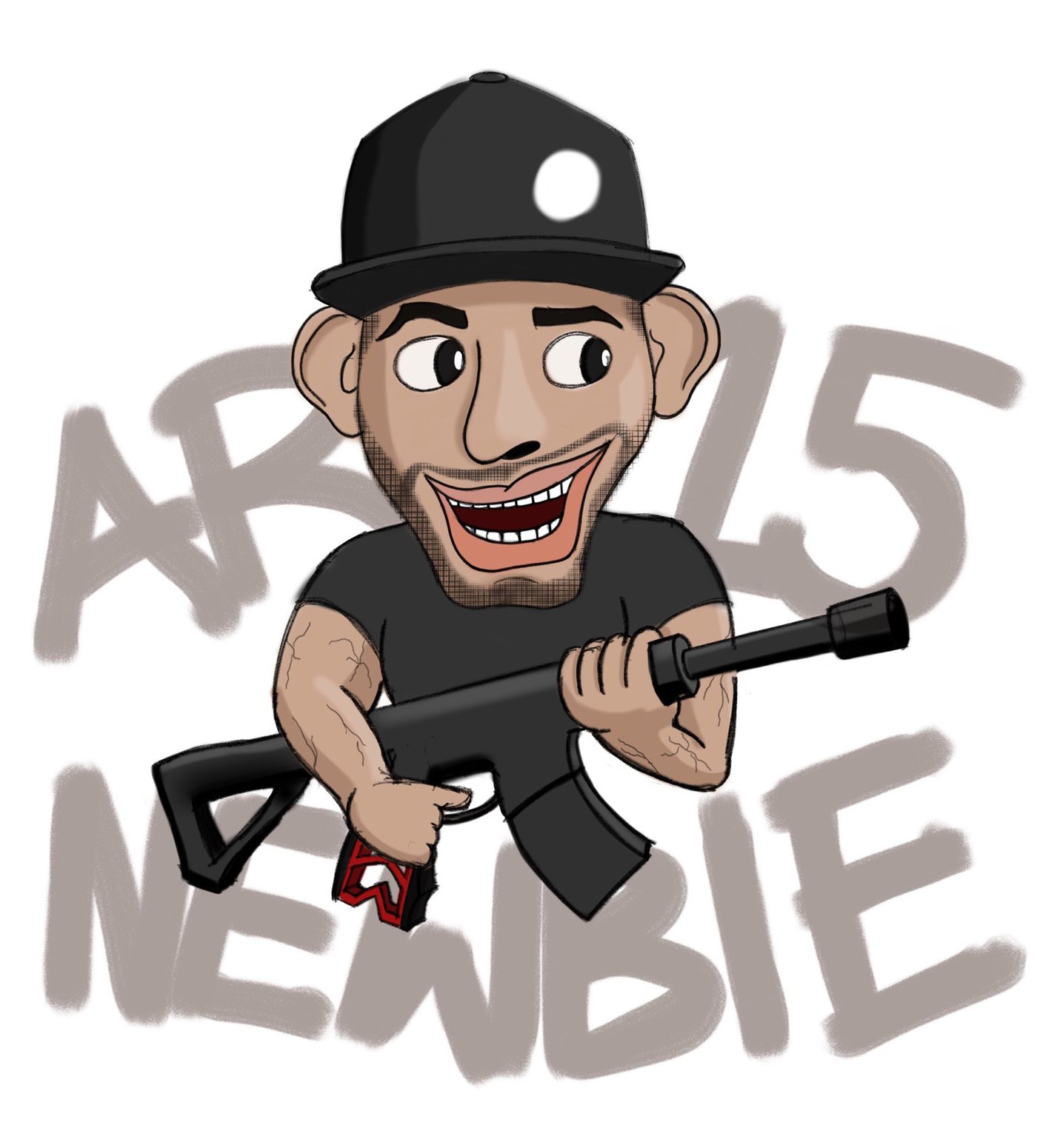Holster me closer!

Dec 1, 2
By blog
1 comment(s)
Whether you are a weekend gun range cowboy or an avid conceal carrier your holster can be the bottleneck on a quick draw and can either help or hurt you in a life threatening scenario. It is commonplace to hear about someone doing months of research on which gun they will buy for conceal carry. This may involve renting and testing different guns at the range. What you don’t hear about
Beyond the quickness of your draw, a holster can affect your comfort of daily wear and your safety. If you read my blog regularly you know that I'd rather spend twice the price of something cheap if it guarantees me quality and peace of mind. To me a holster should be no different. It’s time to do your research and pony up some $$$ to get yourself a nice holster.
FIRST AND FOREMOST A QUALITY HOLSTER SHOULD PROVIDE YOU EASY ACCESSIBILITY TO YOUR GUN AND BE CONCEALABLE.
Here are a few helpful bullet-points that should help you decide on a holster.
- Leather holsters will require you to break it in. The leather will stretch over time, so be patient.
- If the holster gets to stretched out, place in warm water for a minute and allow 24 hours to dry.
- Thermoplastics like Kydex and injection-molded plastics make good holsters
- Thermoplastics require no break in period
- Unless you are in law enforcement, you probably don’t need a retention device like a thumb-break snap. Just don’t be doing flips off the monkey bars or hanging upside down.
- You will need to buy pants that are 1 to 2 inches bigger than usual to wear an IWB.
- Most people carry in the 1 o’ clock position but can carry anywhere from 3 to 6 o'clock if you're a righty.
- Wearing an undershirt is a smart idea
- Crossdraw holsters are great for people that are seated all the time like professional drivers.
- Shoulder holsters are not common but work well for people that wear sport coats
- Pocket holsters work well but if combined with other items in your pocket, it might make it tough to draw
- If you are unable to wear a shoulder or waist holster consider an ankle holster. Not as practical but they are better than not carrying at all
I’m by no means an expert on holsters and conceal carry and this is not an in-depth
Do you conceal carry? What holster do you rock and why?

1 Item